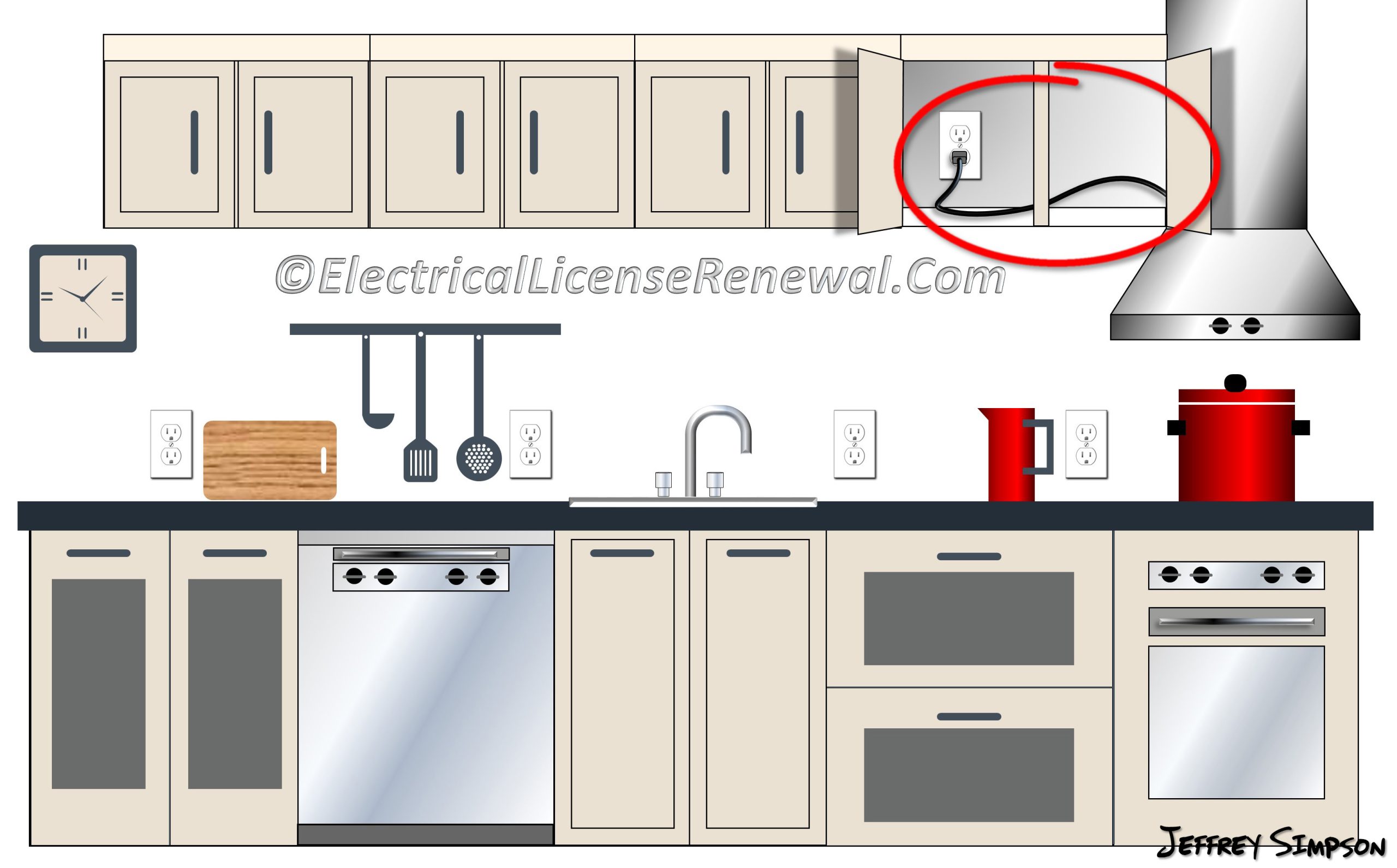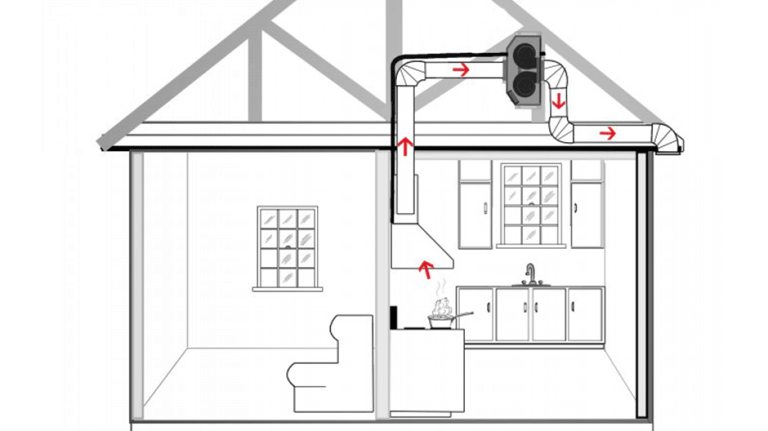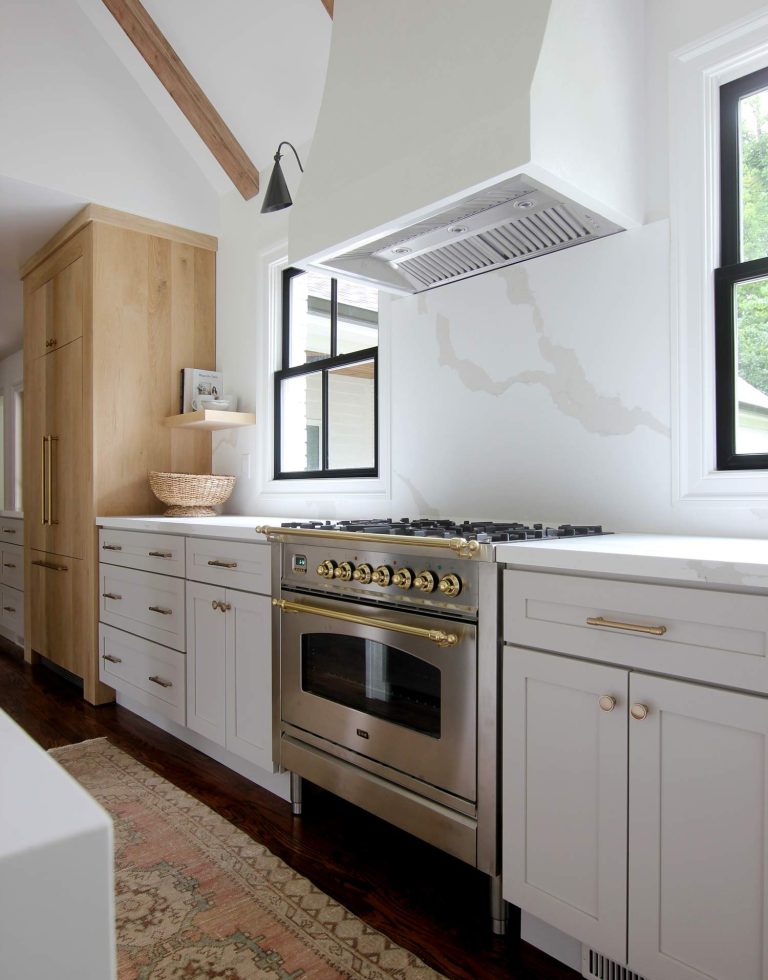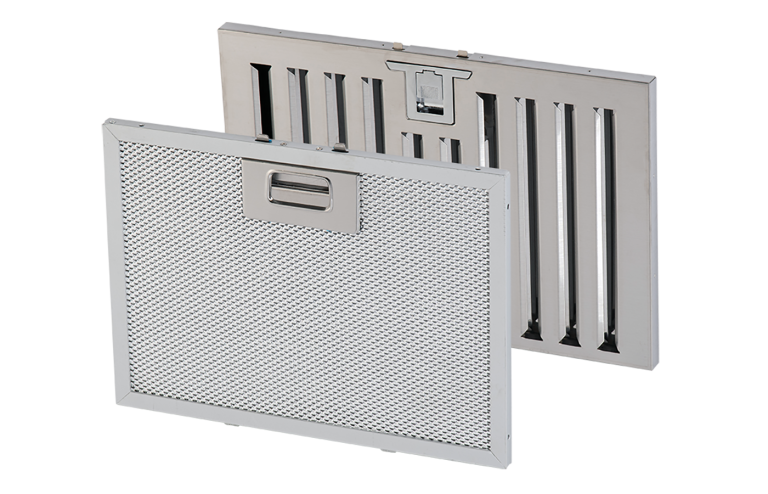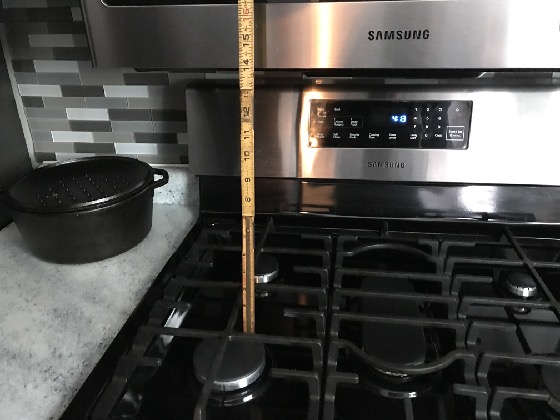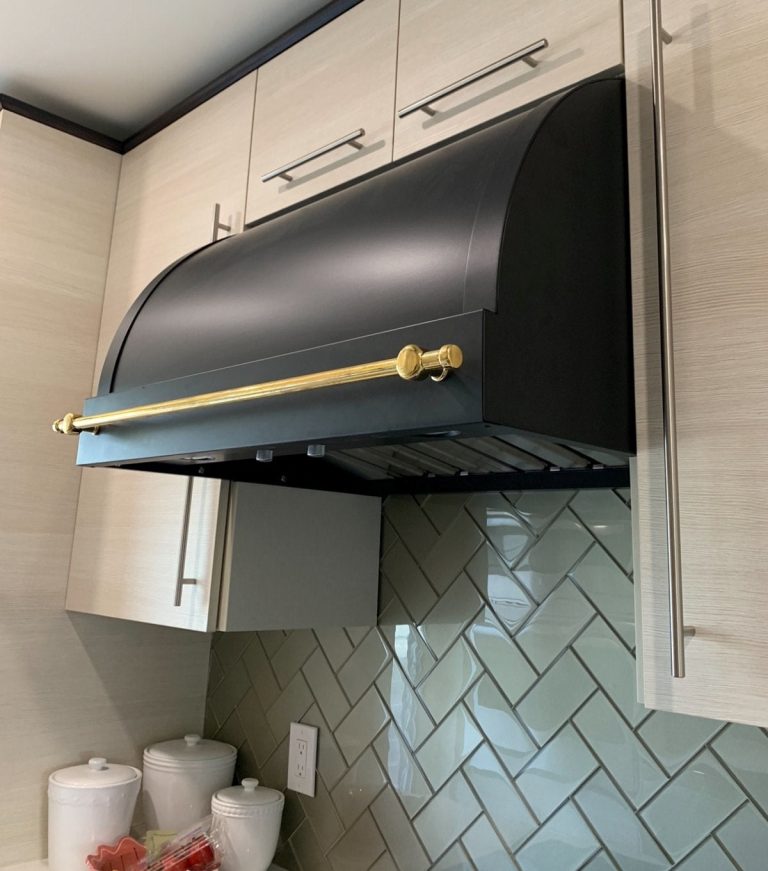A range hood circuit requires a dedicated 120-volt circuit and a 15-amp breaker. This ensures safe and efficient operation.
Range hoods are vital kitchen appliances that help remove smoke, odors, and grease from the air. Proper installation requires adherence to specific electrical guidelines. A dedicated 120-volt circuit with a 15-amp breaker is essential. This setup prevents overloads and ensures the range hood functions effectively.
Incorrect wiring can lead to circuit tripping or even fire hazards. Homeowners should consult an electrician for proper installation. Ensuring your range hood meets these electrical requirements guarantees safety and optimal performance. Always prioritize safety and compliance with local electrical codes. Proper installation enhances your kitchen’s air quality and overall environment.
Importance Of Range Hood Circuits
A range hood helps keep your kitchen safe. It removes smoke and grease. Without it, the air can become dirty. Clean air is important for your health. A good range hood circuit ensures the hood works well. Proper wiring avoids electrical problems. Always check that the circuit is up to code.
Range hoods play a big role in fire prevention. They remove flammable particles from the air. This reduces the risk of kitchen fires. A dedicated circuit helps the hood run smoothly. It makes sure the hood gets enough power. This is crucial for keeping your kitchen safe.
Electrical Load Considerations
Proper electrical load considerations for range hood circuits ensure safety and efficiency. Dedicated circuits prevent overloads and potential hazards.
Circuit Capacity
Range hoods need their own dedicated circuit. A 15-amp circuit is usually enough. Heavy-duty range hoods may need a 20-amp circuit. It is smart to check the hood’s manual. Manuals give the exact requirements. Circuit breakers must also match the circuit’s capacity. This helps avoid electrical problems.
Voltage Requirements
Range hoods run on standard household voltage. This is usually 120 volts. Some models may need 240 volts. The hood’s manual will list the correct voltage. Using the wrong voltage can damage the appliance. Professional installation is recommended. This ensures safety and compliance.
Dedicated Circuit Necessity
Range hoods must follow electrical codes. These codes ensure safety. A dedicated circuit is often required. This circuit prevents overloads. Overloads can cause fires. National Electrical Code (NEC) is a common guide. Always check local codes too. Each area may have different rules.
Range hoods need stable power. A dedicated circuit helps with this. Shared circuits can cause voltage drops. Voltage drops affect performance. Hoods may not work well. A dedicated line ensures consistent power. This keeps the hood efficient. It also makes the kitchen safer.
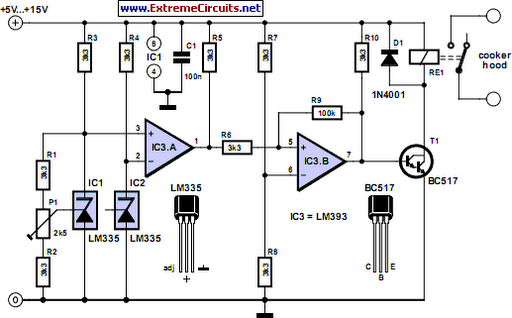
Credit: www.learningelectronics.net
Types Of Range Hood Circuits
Hardwired circuits connect directly to the home’s electrical system. They do not use a plug. These circuits offer a permanent and reliable connection. Hardwired systems are often used in professional kitchens. They are also common in homes with high-powered range hoods. It is important to hire a licensed electrician for installation. This ensures safety and compliance with local codes.
Plug-in circuits are simpler than hardwired ones. They connect to a standard electrical outlet. This makes them easier to install. Plug-in range hoods are popular in residential kitchens. They are convenient and often more affordable. Make sure the outlet is properly grounded. This ensures safe operation of the range hood.
Circuit Breaker Specifications
A range hood typically needs a 15 to 20-amp circuit breaker. This ensures the appliance works safely and efficiently. Always check the manufacturer’s instructions for exact requirements.
There are different types of breakers. Standard breakers are the most common. GFCI breakers protect against electrical shock. AFCI breakers prevent fires from arc faults. Choose the right breaker for your range hood to ensure safety.

Credit: www.eeweb.com
Wiring And Installation
Range hoods need 14-gauge wire for most installations. This wire size supports up to 15 amps. For longer runs, 12-gauge wire might be better. This wire can handle more current and reduces voltage drops. Always check the manufacturer’s guidelines.
Proper grounding is essential for safety. Connect the green wire to the metal frame of the range hood. This wire links to the ground in your home’s electrical panel. Grounding helps prevent electrical shocks. Always use a grounding screw or clip provided by the manufacturer.
Gfci And Afci Protection
GFCI outlets protect against electric shocks. They detect ground faults. GFCI stands for Ground Fault Circuit Interrupter. It shuts off power quickly. This keeps you safe. These outlets are needed in wet areas. Kitchens and bathrooms need them. Installing them is easy. They help prevent fires too.
AFCI breakers stop dangerous arcs. AFCI means Arc Fault Circuit Interrupter. Arcing can cause fires. These breakers are smart. They sense arcing and shut off power. Bedrooms often need AFCI breakers. They add a layer of safety. New homes must have them. Older homes should upgrade too.

Credit: www.youtube.com
Inspection And Maintenance
Range hood circuit requirements ensure proper function and safety. Regular inspection and maintenance prevent electrical issues and enhance performance. Proper wiring, grounding, and connections are essential for reliable operation.
Regular Inspections
Regular inspections keep your range hood in good condition. Check the filters for dirt and grease. Clean or replace the filters often. Make sure the fan works well. Listen for any strange noises. Look at the wiring and connections. Ensure there are no loose or frayed wires.
Troubleshooting Tips
If your range hood stops working, check the circuit breaker. Make sure it has not tripped. Look at the power cord. Ensure it is plugged in properly. Check the switches to see if they are working. If the lights do not turn on, replace the bulbs. If the fan does not run, check the motor.
Frequently Asked Questions
What Circuit Is Needed For A Range Hood?
A range hood typically needs a dedicated 120V circuit. It should be connected to a 15-amp breaker.
Can I Use An Existing Circuit For My Range Hood?
It’s best to use a dedicated circuit. Sharing can overload the circuit and cause tripping.
Do Range Hoods Require A Gfci Outlet?
Range hoods generally do not require a GFCI outlet. However, local codes may vary, so check your local regulations.
How Many Amps Does A Range Hood Use?
Most range hoods use between 5 to 15 amps. Ensure the circuit breaker can handle this load.
Conclusion
Ensuring your range hood meets circuit requirements is crucial for safety. Proper wiring prevents electrical issues and enhances performance. Always consult an electrician for compliance. By understanding these requirements, you can maintain a safe and efficient kitchen environment. Stay informed and keep your kitchen running smoothly with the right circuit setup.
